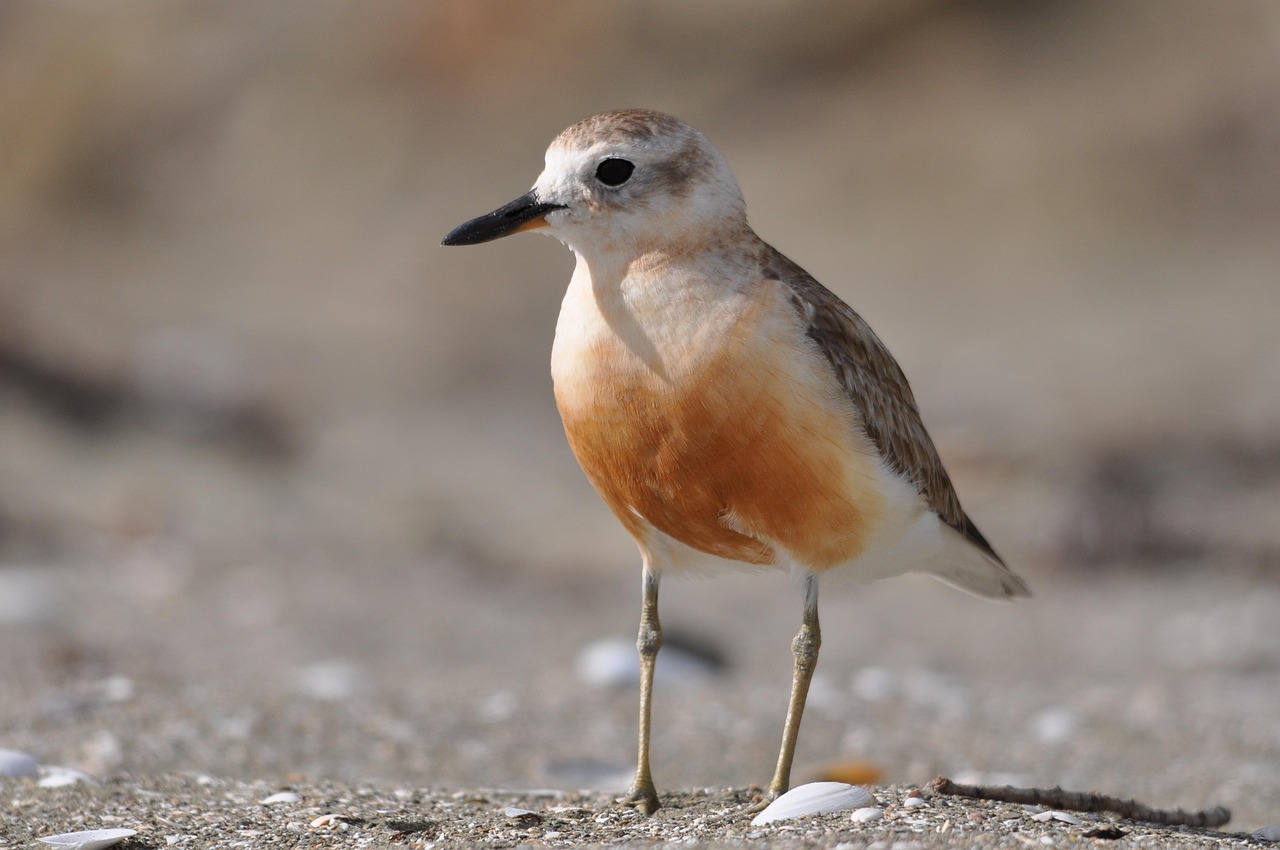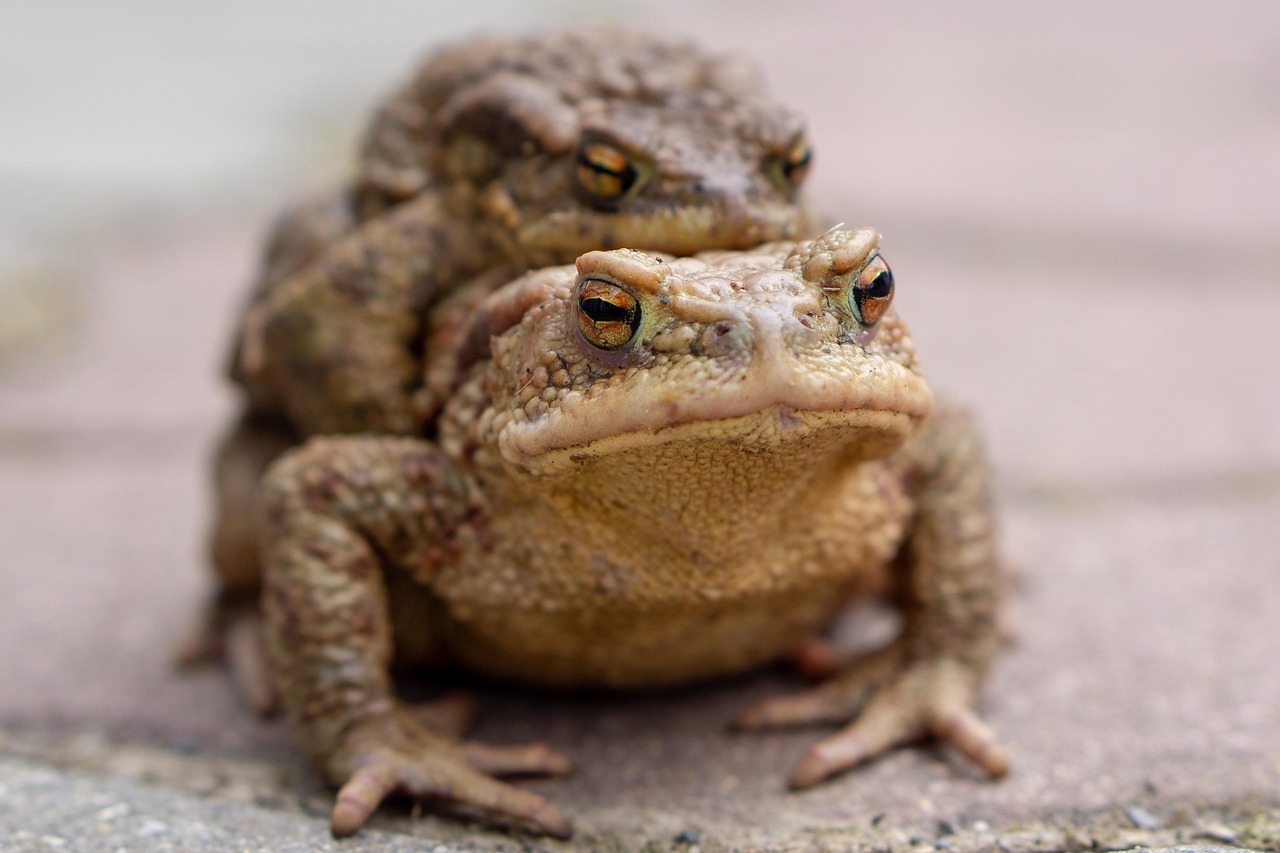
Reptiles And Amphibians As Pets
Reptiles and amphibians are becoming increasingly popular pets due to their hypoallergenic nature, quietness, cleanliness, and relatively low maintenance. These qualities make them attractive to allergy sufferers, people living in small spaces, and those with busy schedules. Unlike dogs and cats, these pets do not demand constant attention and can be fascinating to observe, offering a unique companionship experience.
Lifespan Commitment For Herps
One critical factor to consider before adopting a reptile or amphibian is their long lifespan. Some lizards live beyond 20 years, while certain snakes have been known to reach over 40 years. Turtles and tortoises can live 50 to 100 years or more. This longevity means owners must be prepared for a long-term commitment, ensuring care throughout the pet’s entire life and not just until initial interest fades.

Future Size And Space Requirements
Many people underestimate the adult size of reptiles and amphibians. For example, a baby green iguana can grow to more than 5 feet long, and a small spurred tortoise can exceed 100 pounds. Proper research into the species’ growth potential and space needs is essential. Some species remain small, but others require substantial room and specialized environments, which must be planned for in advance.
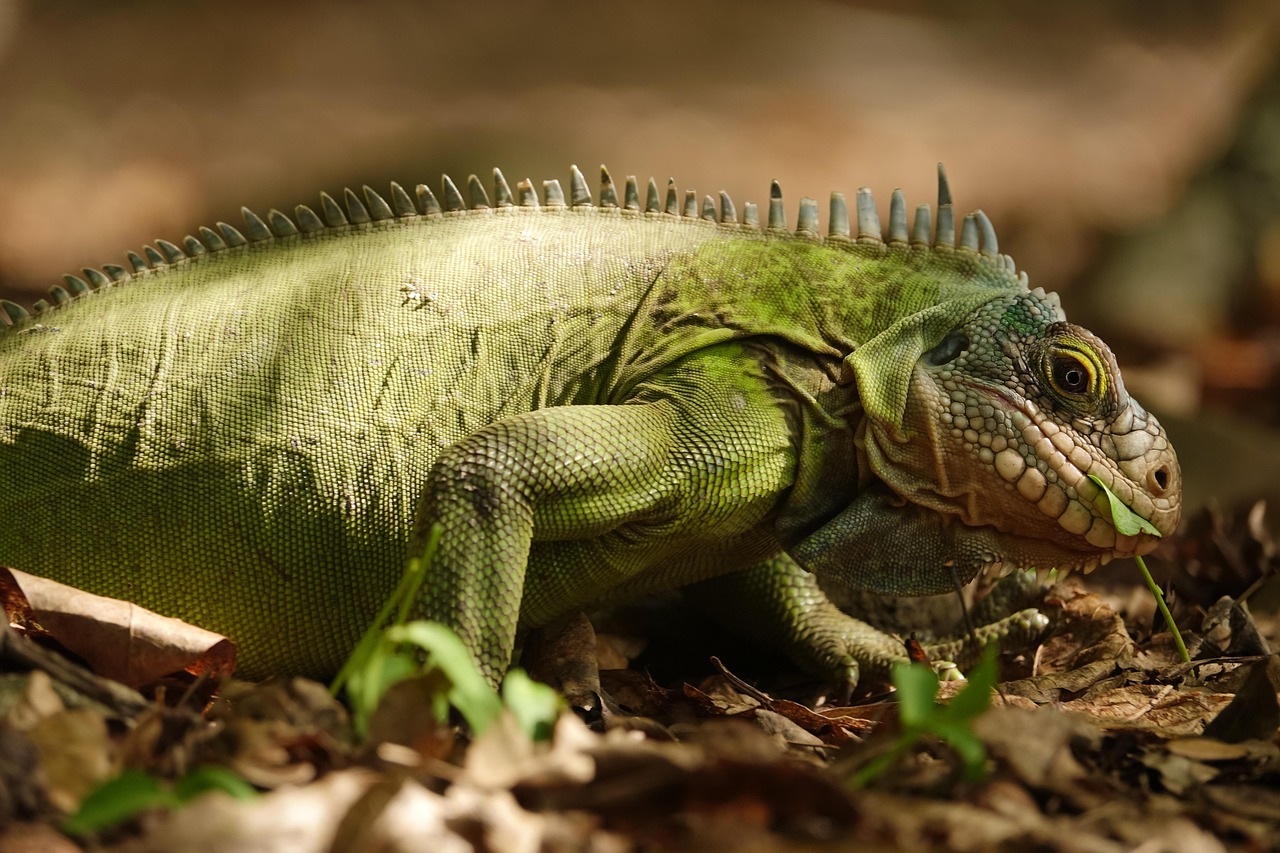
Financial Costs Of Caring For Herps
The initial and ongoing costs of reptile and amphibian care can be significant. Setting up suitable enclosures often requires large terrariums, specialized heating, lighting, and specific substrates, which quickly add up. Veterinary care for these animals is also generally more expensive than for traditional pets. Prospective owners should budget accordingly and maintain a financial reserve for emergency medical care.
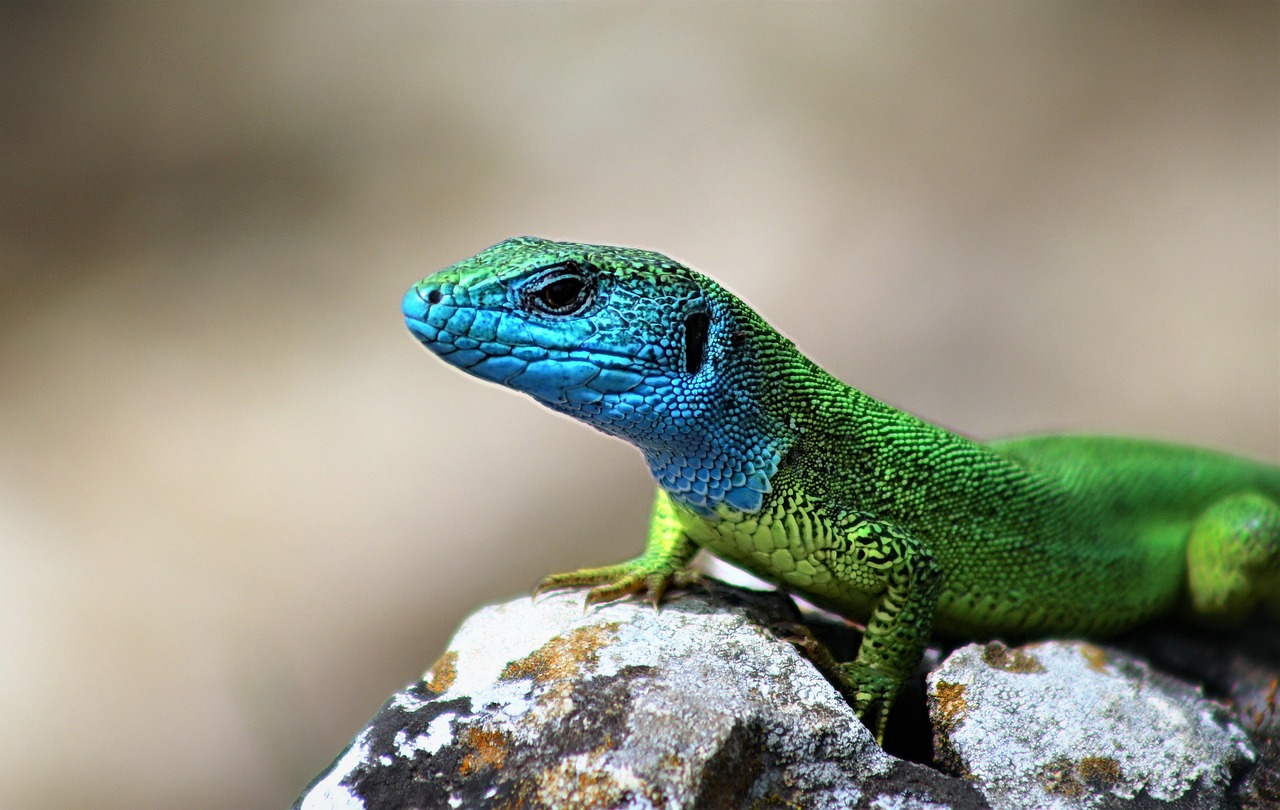
Handling Expectations Compared To Traditional Pets
Unlike dogs or cats, many reptiles and amphibians tolerate handling but do not seek out affection or social interaction. While they may not provide the typical pet-owner bonding experience, their unique behaviors and personalities can be highly engaging. Owners should adjust expectations, appreciating the quiet companionship and observational enjoyment these animals offer.
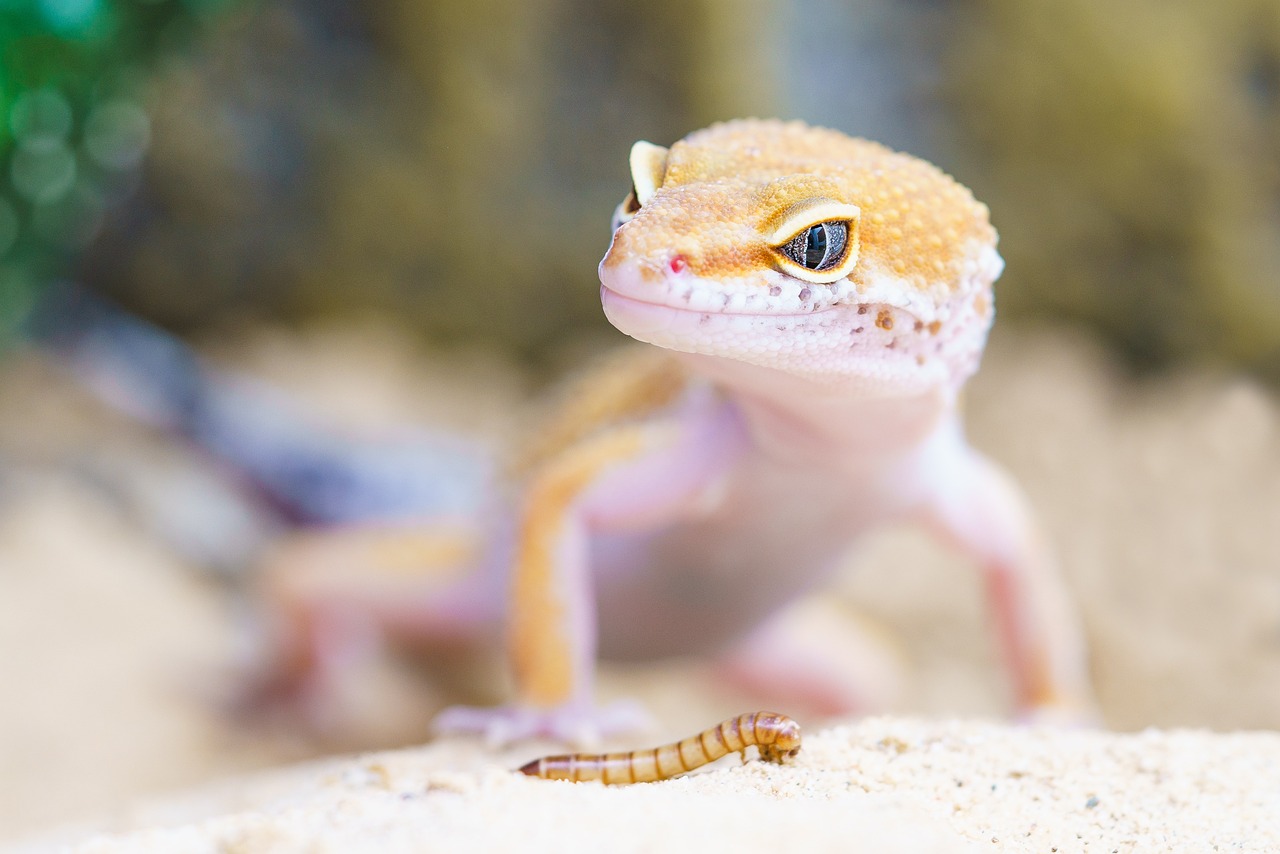
Importance Of Thorough Research Before Adoption
Due to the diversity among reptile and amphibian species, extensive research is crucial before adoption. Care requirements vary widely, including cage size, temperature, humidity, furnishings, and diet. Reliable information is available through multiple online sources, recent books, and experienced keepers, but caution is necessary to avoid misinformation. Cross-referencing resources ensures a balanced and accurate understanding of proper care.
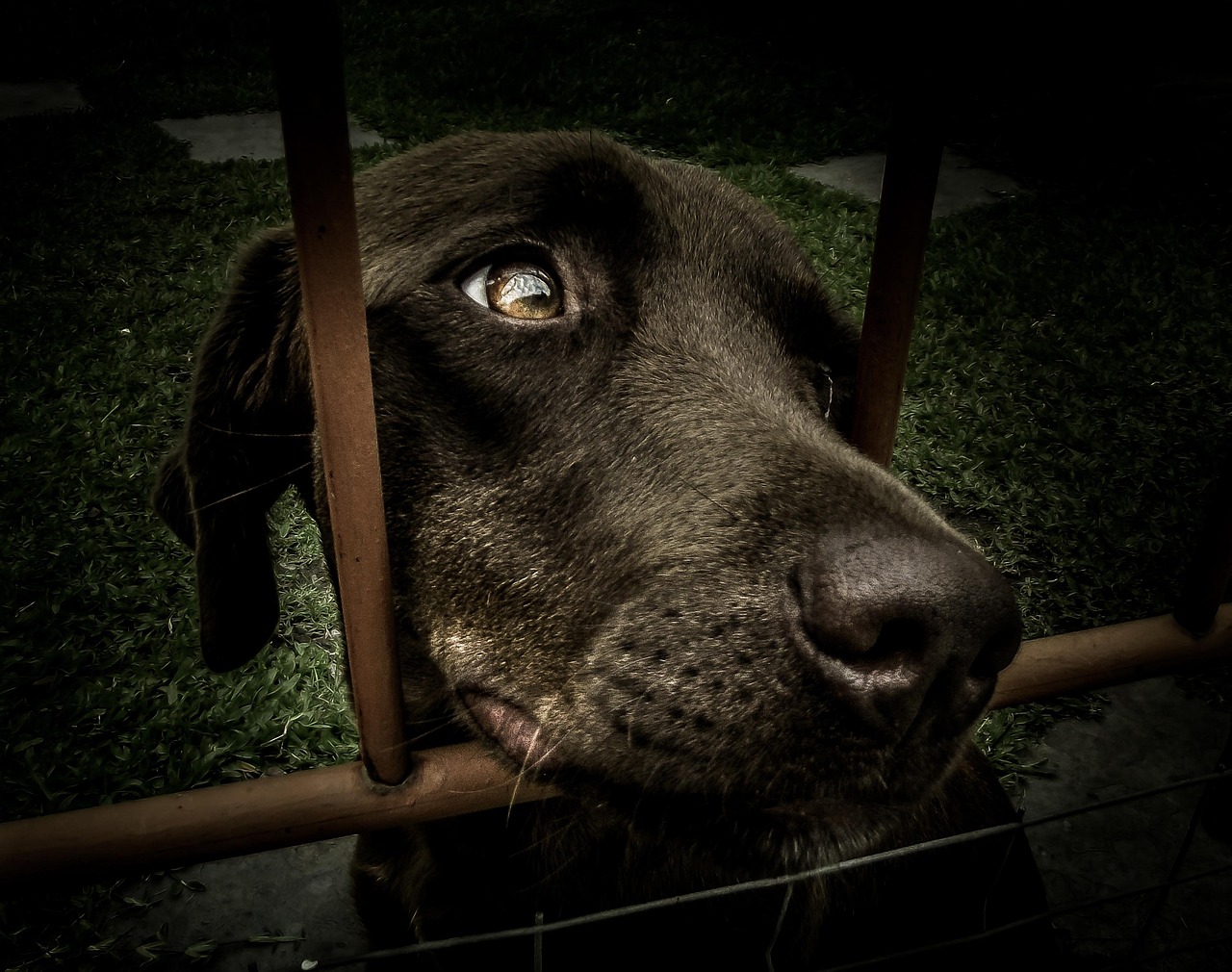
Ethical Considerations And Adoption Advice
The reptile and amphibian trade is large and often involves unethical practices, including unregulated capture, breeding, and transportation, which can cause significant animal suffering. Investigations have revealed inhumane conditions in wholesale distributors, resulting in the deaths of tens of thousands of animals. To avoid supporting this industry, potential owners are encouraged to adopt from reputable shelters like Marin Humane, which regularly has reptiles and amphibians available for adoption with expert guidance and support.

Summary Of Key Adoption Considerations
Adopting a reptile or amphibian requires acknowledging their long lifespan, potential large size, and substantial care costs. Owners must adjust their expectations regarding interaction and commit to thorough research for species-specific needs. Ethical sourcing through adoption rather than commercial purchase helps prevent animal cruelty. With proper preparation, reptiles and amphibians can be rewarding, low-maintenance pets suited to various lifestyles.


